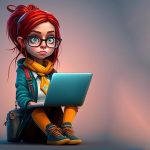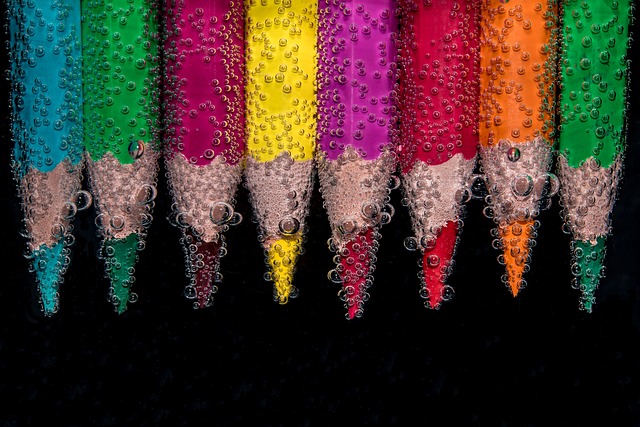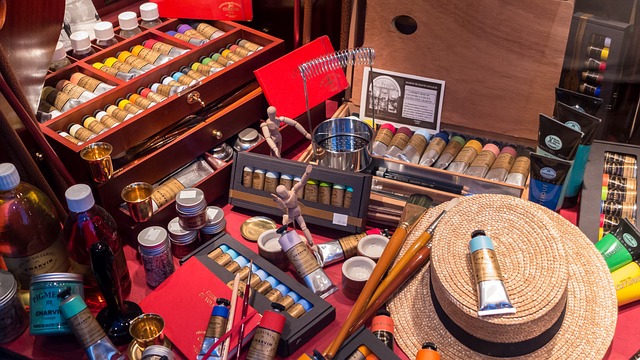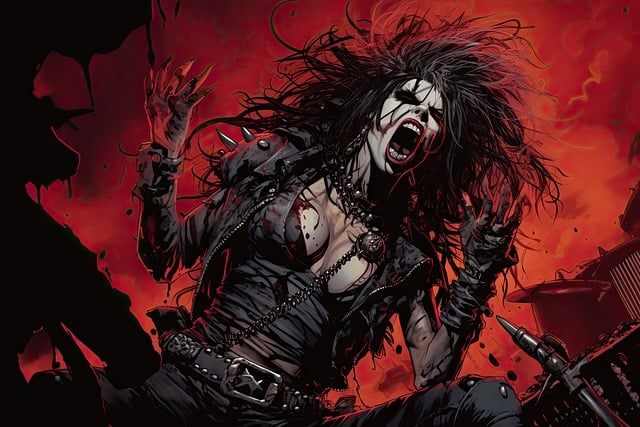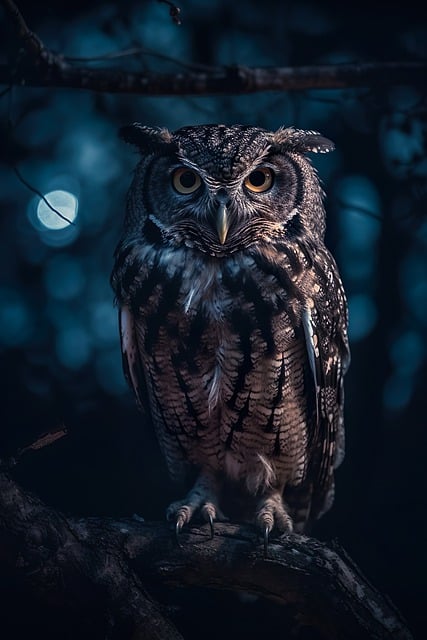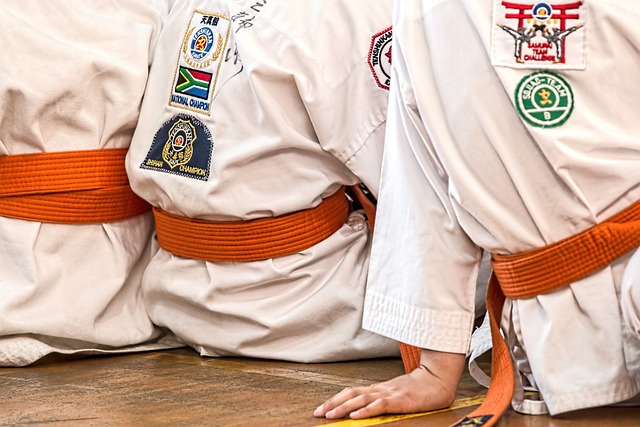Introduction
Artificial intelligence (AI) has been making waves in various industries, from healthcare to finance, with its ability to automate tasks and make predictions based on data analysis. However, one of the most intriguing and revolutionary intersections of AI is with the world of art. This fusion of technology and creativity has opened up new possibilities and sparked discussions about the role of AI in the creation and appreciation of art. In this article, we will explore the intersection of art and AI, delving into its history, current state, and potential future.
The History of AI and Art
The idea of machines creating art is not a new concept. In the 1950s, computer scientist Alan Turing proposed the Turing Test, which challenged the ability of a machine to exhibit intelligent behavior equivalent to, or indistinguishable from, that of a human. This test sparked the interest of artists, who saw the potential of using AI to create art.
In the 1960s, the first computer-generated art was created by artists such as Frieder Nake and Georg Nees. These early works were created using algorithms and mathematical equations, which produced geometric shapes and patterns. This marked the beginning of the use of AI in art, and it continued to evolve over the years.
The Current State of AI in Art
Today, AI has advanced significantly, and its integration with art has become more sophisticated. One of the most notable examples is the use of Generative Adversarial Networks (GANs) in creating art. GANs are a type of machine learning algorithm that consists of two neural networks, one that generates new content and one that evaluates it. This technology has been used to create paintings, music, and even poetry.
One of the most famous examples of AI-generated art is “Portrait of Edmond de Belamy,” created by the French art collective Obvious. The painting was created using GANs and sold for a staggering $432,500 at an auction in 2018. This event sparked controversy and raised questions about the value and authenticity of AI-generated art.
Another area where AI has made significant contributions to the art world is in the restoration and preservation of artworks. The use of AI algorithms has allowed for the identification and removal of cracks, stains, and other imperfections in paintings, resulting in their restoration to their original state. This technology has also been used to analyze and preserve historical documents and artifacts.
The Impact of AI on the Artistic Process
The use of AI in art has also had a significant impact on the artistic process. With AI, artists can now explore new forms of expression and push the boundaries of traditional art forms. For example, AI has been used to create music that is not only unique but also impossible for a human to create. This has opened up a new world of possibilities for musicians and composers.
Moreover, AI has also allowed for collaboration between artists and machines. Artists can input their ideas and preferences into AI algorithms, which can then generate a wide range of options for the artist to choose from. This collaboration has resulted in the creation of art pieces that would have been impossible for a human to create alone.
The Future of AI and Art
The integration of AI and art is still in its early stages, and the potential for its future is vast. With the advancements in technology, AI is expected to play an even more significant role in the art world in the coming years. One of the most exciting possibilities is the creation of immersive and interactive art experiences.
Imagine walking into a gallery and being able to interact with AI-generated art pieces, changing their colors, shapes, and even sounds with your movements. This would create a whole new level of engagement and experience for art lovers.
Furthermore, AI could also play a significant role in making art more accessible. With the use of virtual and augmented reality, people from all over the world could experience art exhibitions and performances without leaving their homes. This would break down geographical and financial barriers, allowing for a wider audience to appreciate and engage with art.
Conclusion
The intersection of art and AI is a revolutionary fusion that has the potential to change the way we create, appreciate, and experience art. From its early beginnings in the 1960s to its current state, AI has made significant contributions to the art world. Its impact on the artistic process and the possibilities for its future are endless. As technology continues to advance, we can only imagine the new forms of art that will emerge, and the ways in which AI will continue to shape and enhance our artistic experiences.



